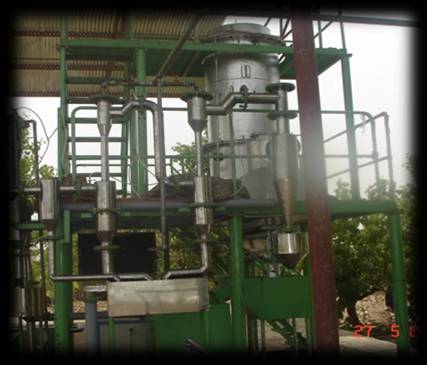| Human Capital - Key to Sustainable Renewable
The key to sustain the current rate of Gross Domestic Produ  ct (GDP) is affordable and secure energy, be it in urban or rural pockets, as energy-driven efficient production systems ensure local value creation and addition at a large scale. ct (GDP) is affordable and secure energy, be it in urban or rural pockets, as energy-driven efficient production systems ensure local value creation and addition at a large scale. The entire energy sector across the globe is trying hard to ensure energy security by all possible means. On the other hand, almost all reports and papers have proved time and again that conventional energy sources, particularly the ever depleting fossil fuel-based energy generation can never be able to provide sustainable solution, even in the very near future. In addition to the present scarcity of fossil fuel, use of the same conventional energy sources, particularly for energy generation, add maximum CO2 into the environment and that in turn causes global warming. Thus, it’s appropriate to say that sustainable development solution is encapsulated by the buzz word renewable energy. Renewable energy however, not only has the potential to meet the un-met energy demands, but can also add new economic activities by enhancing or optimising the use of natural resources and what we presently consider as a waste, such as un-used agro residue, various solid (bio-degradable) wastes. Use of agro-residue and other bio-degradable waste not only ensures sustainability of a clean energy generation process, but will also open-up various opportunities to create livelihood generations at a large scale. Though quite a few ministries, government departments, Civil Society Organisation (CSO), as well as development agencies and banks are putting up their resources to pilot and promote their various renewable energy technologies, delivery service models, enterprise or ownership models, but due to insufficient availability of human capital, the above technologies and respective models are not getting replicated the way they should be technically at the desired scale. As a cumulative result of the same, 1. The market (of renewable energy) development process is not taking necessary momentum to meet the (energy) demand-supply gap. 2. Learnings from the pilot models is not getting transferred into public domain to catalyse the market development processes. 3. Very little interference between the existing technologies and the newly developed renewable energy technologies (RETs) is taking place to open up scope for multi-dimensional dissemination of RETs. Considering the above issues, it is safe to say that training and capacity building, across the entire development chain is the only catalysis that can scale up the success as far as adoption of RETs are concerned. The natural resource based “integrated energy security programme” is a continuous techno-social process. It comprises survey-based energy demand estimation; both at micro and macro level participatory planning, training and capacity building of target communities and potential enterprises, ensuring availability of natural resources and implementation of various technologies to reduce the gap between demand and supply. The energy demand estimation is very crucial to carry out the micro and macro level planning. A well informed implementation agency with the help of two-three trained operator and few small or medium efficient entrepreneurs can very well introduce various ‘energy service’ models to create local livelihoods for economic empowerment. Even at the grassroots level, it has been observed that, customised, quality training programmes and series of (on and off the field) capacity enhancement initiatives, carried out by the respective implementation agencies has resulted into a financially viable and socially accepted ‘energy delivery’ model. Baharbari (of Bihar) and (Rampura of Uttar Pradesh) are perhaps among the few examples of the above. Madhuban Pandey and Manoj Mahata |
